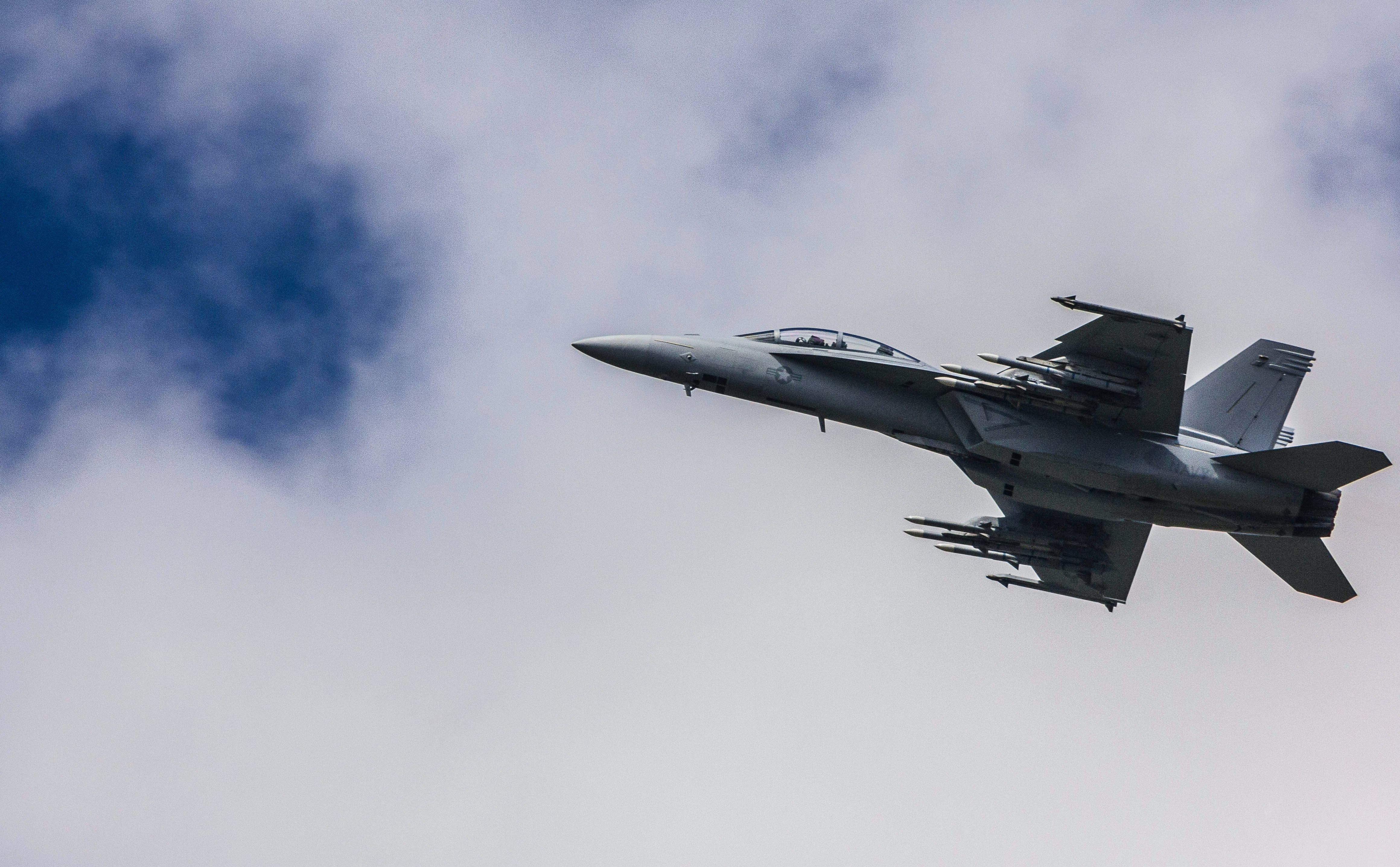For any electronic device to function correctly, it needs the right printed circuit board (PCB) for the job. PCBs can be found in almost any electronic device, from cell phones and laptops to medical devices and industrial machinery.
The key to having the right PCB for a device? Understanding the industries where PCBs are commonly used.
With detailed insight into industries that use PCB, you can be sure you’re choosing the right design characteristics for your application. Check out some of the most popular industries for PCBs below to ensure you make the best choice for your project.
Medical PCBs
Advancements in medical technology all rely on one thing — PCBs. From circulatory and respiratory devices to diagnostic tools, almost every medical device contains at least one PCB.
The requirements for medical PCB components include more than just functionality. Medical PCBs must be able to withstand:
- Repeated, harsh sterilization procedures
- Exposure to bodily fluids
- Fluctuations in temperature
- Physical stressors that cause electrical shorts or malfunctions
- External triggers that affect precision
For these reasons and more, high-density interconnects (HDI) are most commonly used in medical devices to minimize the risk of electrical shorts while also maximizing the amount of circuitry that can be fit onto the board without losing efficiency. This allows manufacturers to create many types of medical devices that are less likely to fail under stress.
Specialized PCBs for medical imaging devices like MRIs and x-rays are also becoming more common as the need for higher-quality images increases. These PCBs often use blind and buried vias to minimize crosstalk and maximize image quality.
Over the past decade, the advancement of medical technology has created an ever-increasing demand for implantable medical devices. But, like any other electronic component, these too require printed circuit boards to function.
Implantable PCBs must be small enough to fit into the human body while also being durable enough to withstand the rigors of daily life. As such, many implantable PCBs are made with flexible or rigid-flex materials to accommodate the varied needs of different devices.
Automotive PCBs
One of the fastest evolving industries on the planet is the automotive sector. With most cars featuring some type of electronic control unit (ECU) and the number of autonomous on the road predicted to hit 54 million by 2025, the need for high-quality, long-lasting automotive PCBs is greater than ever.
When it comes to automotive PCBs, the most important factor is reliability. These types of boards must be able to withstand:
- Shocks and vibrations
- Wide temperature fluctuations
- Exposure to harsh chemicals and fluids
To ensure that an automotive PCB can stand up to these challenges, many manufacturers use special materials like polyimide or Teflon to construct PCBs. These materials help to minimize the risk of electrical shorts and ensure that the board will function correctly, even in extreme conditions.
In addition to being durable, automotive PCBs must also be able to handle high currents and voltages. For this reason, many automotive PCBs feature as many as five ounces of copper. This ensures the board can handle the large amount of current required by the vehicle’s electronic components without shorts or other electrical problems.
Printed Circuit Boards in the Aerospace Industry
Among the most demanding industries for any electronic device is aerospace. The conditions that these devices must endure are unlike any other, which is why printed circuit boards used in aerospace applications must be carefully designed to withstand:
- Extreme temperatures
- High altitudes
- Vibration
- Shock
- Humidity
- Corrosion
- Exposure to harsh chemicals
Overcoming these challenges means aerospace PCBs must be designed with several components not typically found on consumer electronic PCBs.
For example, aluminum, copper, and laminate substrates are often used in aerospace applications because of their ability to withstand extreme temperatures. These materials also have a low coefficient of thermal expansion, which helps to minimize these risks:
- Cracking when exposed to the vacuum of space (−454.7641 °F)
- Heat damage upon re-entry into the atmosphere (up to 3,000 °F)
- Performance issues from the cold of high altitudes (-100 °F)
To support the physical shock of landing, aerospace PCB components also require soldering pins for better mechanical stability. These pins are often made from a material like beryllium copper, known for its high strength and resistance to corrosion.
Thermal compounds in the form of grease or paste are also often used on aerospace PCBs to help dissipate heat and protect the delicate electronic components from environmental damage.
Additionally, designing PCBs in the aerospace industry typically requires space-saving techniques such as microvias that reduce manufacturing stressors known to degrade the board prematurely.
PCBs in Military & Defense
From military vehicles to advanced weaponry, printed circuit boards are essential to the modern defense industry. Military PCB components, like others on this list, have unique design characteristics to ensure their reliability in the field.
For example, military-grade heat-resistant materials such as Pyralex and FR408 are often used in military PCBs to help dissipate heat and protect the board from fire damage. This is ideal in missile, artillery, and aircraft applications where the board may be exposed to high temperatures or fire.
To ensure that the physical shock from harsh environments doesn’t damage the board, military PCBs also typically feature specialized materials that prevent cracking, breaking, electronic malfunction, or other performance issues, including but not limited to:
- Electroless & electrolytic nickel and gold coatings
- Hot air solder leveling (HASL)
- Immersion silver
- Acrylic-based conformal coating
These materials help control tolerance rates, or the amount a component can deviate from its ideal value. Tolerance rates are often much stricter for military PCBs because deviations in an electronic component can mean the difference between life and death in combat situations. While tolerance rates for consumer electronics PCBs range from 5% to 10%, military PCBs must have a tolerance rate not exceeding 2%.

Find a PCB Manufacturer for Your Industry
The Digital Age couldn’t function without the printed circuit board. This simple yet essential electronic component is the backbone of nearly every electrical device we use today. And no matter your industry, finding a quality PCB manufacturer is vital to the success of your project.
You can stay ahead of the competition by learning more about how automation is making PCB manufacturing for every industry faster, more efficient, and the perfect solution to keeping your electronic devices functioning at peak performance.

